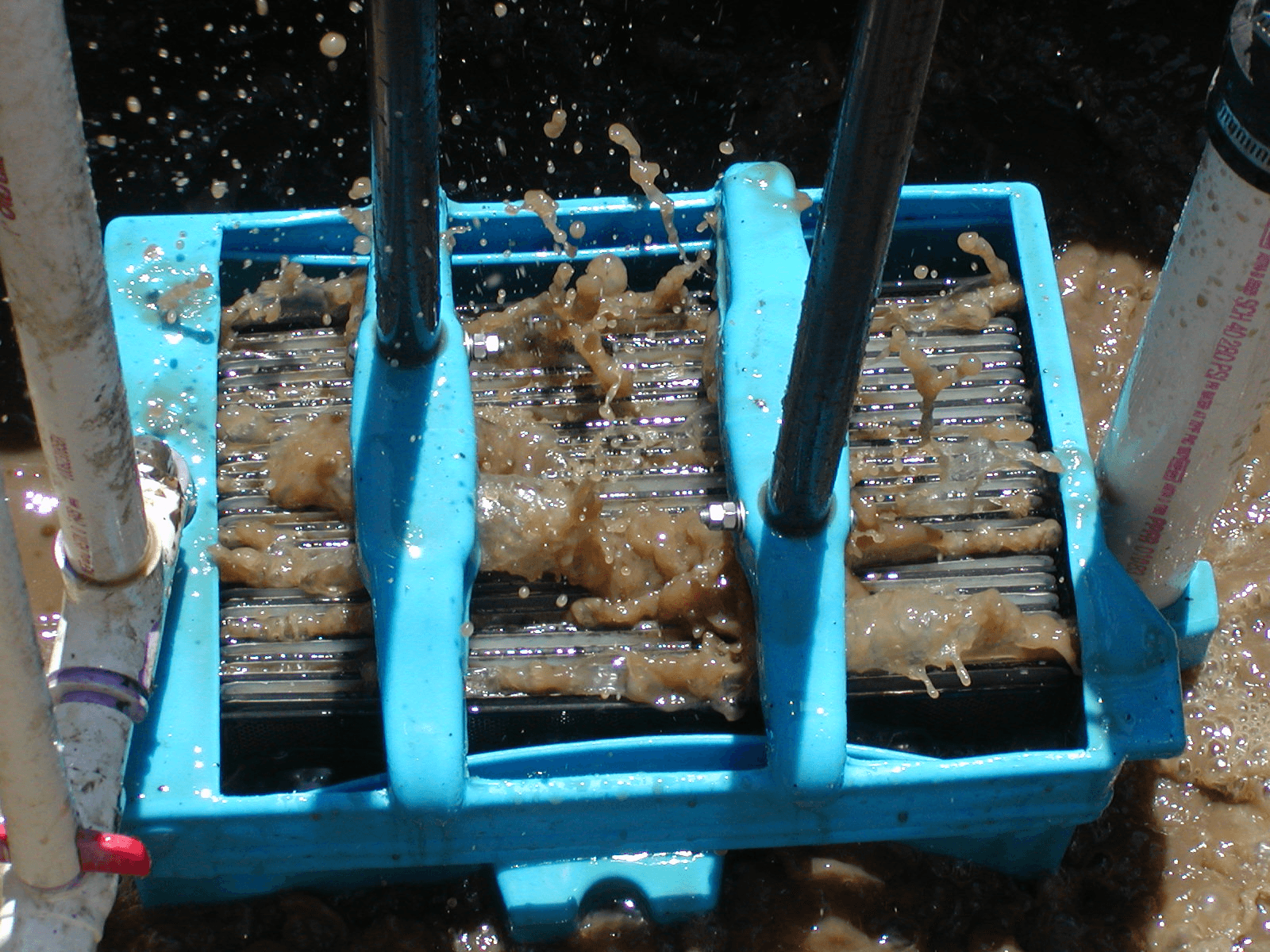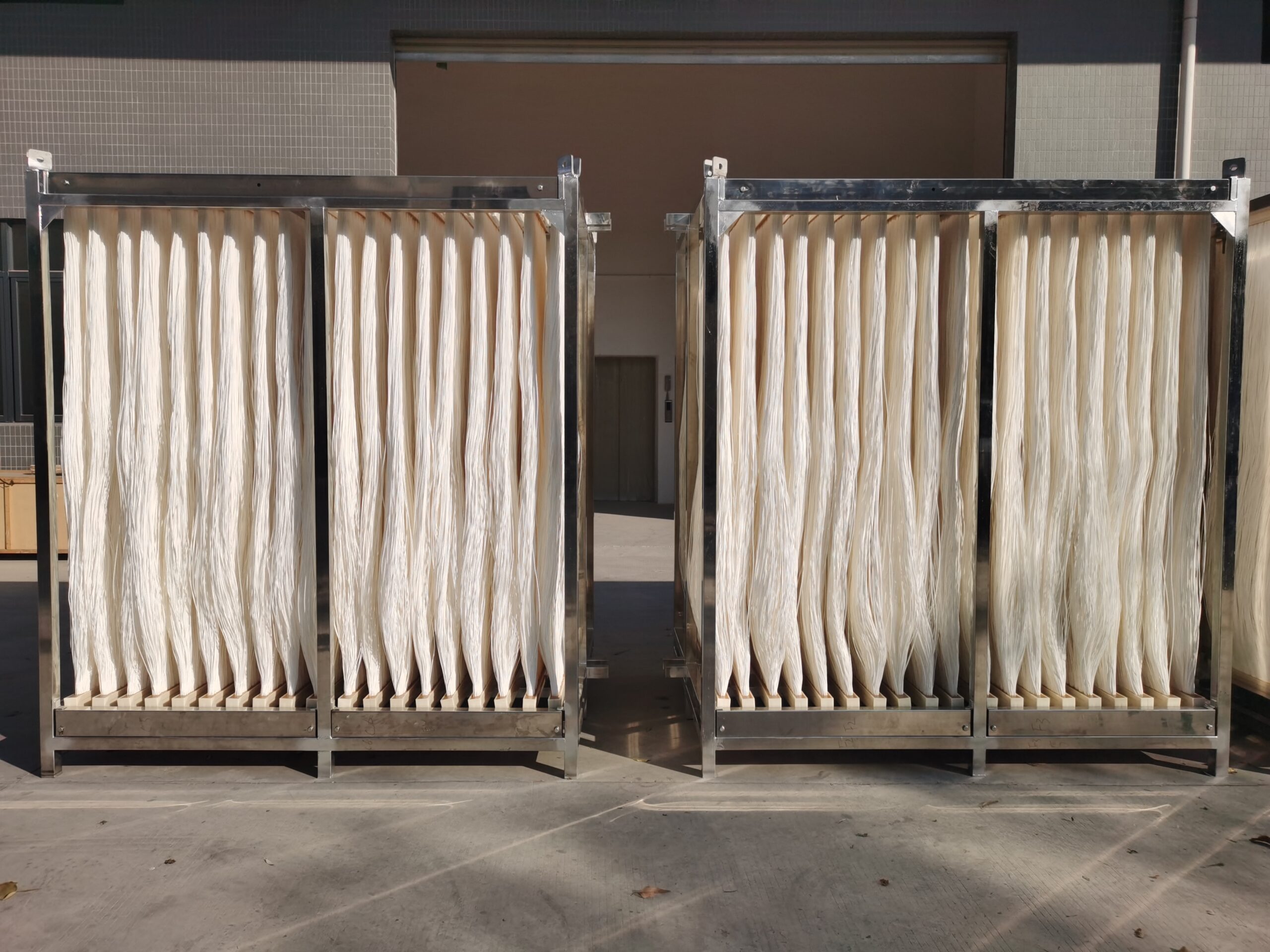The Economic Benefits of Installing a Membrane Bioreactor for Your Facility
The Economic Benefits of Installing a Membrane Bioreactor for Your Facility
Blog Article
Membrane Layer Bioreactors Clarified: Efficient Solutions for Clean Water
Membrane layer bioreactors (MBRs) have actually emerged as an advanced solution for dealing with the pushing obstacles of wastewater treatment - Membrane Bioreactor. By incorporating biological processes with advanced membrane purification, MBRs not just improve the quality of treated water yet likewise decrease the spatial needs of treatment centers.

What Are Membrane Bioreactors?
Membrane layer bioreactors (MBRs) are sophisticated wastewater therapy systems that combine biological destruction procedures with membrane filtration technology. This integration permits the efficient elimination of contaminants from water, making MBRs a favored selection in different applications, consisting of local wastewater therapy and industrial effluent monitoring.

One of the important benefits of MBRs is their capability to create top quality effluent, usually ideal for reuse in watering or commercial procedures. In addition, MBRs require a smaller sized impact contrasted to standard therapy systems, making them excellent for metropolitan settings where area may be limited.
In addition, MBRs can successfully handle differing influent loads and are much less at risk to the impacts of harmful shocks. These features add to their expanding popularity as a sustainable service for resolving the boosting need for tidy water while decreasing ecological impacts.
Just How Membrane Bioreactors Work
While the procedure of membrane layer bioreactors (MBRs) might seem complicated, it basically focuses on the synergy between biological procedures and membrane layer filtering. MBRs incorporate a biological treatment process, generally triggered sludge, with a membrane layer splitting up unit to treat wastewater effectively.
In an MBR system, wastewater is initial presented right into a bioreactor where microorganisms degrade raw material and other contaminants. The organic task lowers the focus of toxins while advertising the development of biomass. Following this biological treatment, the mixed alcohol is subjected to membrane filtration, which can be microfiltration or ultrafiltration, depending on the wanted effluent quality.
The membranes act as a physical barrier, allowing water and small solutes to pass while retaining suspended solids and larger molecules. This makes it possible for the system to preserve a high concentration of biomass within the activator, boosting the therapy performance.
In addition, the continual splitting up of cured water from the biomass assists in a small style and reduces the footprint of the therapy center. Generally, the mix of biological deterioration and membrane layer purification in MBRs leads to efficient and dependable wastewater treatment, ensuring premium effluent suitable for various applications.
Advantages of MBR Technology
Among the essential benefits of membrane bioreactor (MBR) innovation is its capacity to create high-grade effluent with a dramatically decreased footprint compared to standard wastewater therapy approaches. MBR systems effectively integrate biological therapy and membrane filtration, causing superior elimination of contaminants, including suspended solids, pathogens, and natural issue. This capacity results in effluent that usually meets or surpasses rigorous governing requirements for reuse and discharge.
Furthermore, MBR technology enables higher biomass concentrations, which improves the treatment efficiency and reduces the required activator volume. This portable layout is especially beneficial in urban locations where area is restricted. The functional flexibility of MBR systems likewise implies they can adapt to varying influent top qualities and flow rates, making them suitable for a vast array of applications.
Additionally, the minimized sludge manufacturing related to MBR processes adds to decrease operational and upkeep expenses. The membrane layers act as a physical barrier, decreasing the danger of clogging and making it possible for longer functional durations between cleaning. Generally, the advantages of MBR technology make it an attractive remedy for sustainable wastewater treatment, resolving both ecological concerns and the requirement for have a peek at these guys efficient resource administration.
Applications of Membrane Layer Bioreactors
With their flexibility and effectiveness, membrane layer bioreactors (MBRs) find applications throughout various fields, including community wastewater treatment, industrial procedures, and even water improvement. In metropolitan settings, MBRs provide a small service for treating wastewater, properly removing contaminants while concurrently generating high-quality effluent that meets rigorous regulatory requirements. This makes them particularly ideal for locations with minimal space.
In industrial applications, MBR innovation is utilized for treating procedure water, specifically in industries such as food and drink, pharmaceuticals, and petrochemicals. These markets gain from MBRs' ability to take care of high organic loads and their effectiveness in recovering valuable sources from wastewater, such as nutrients and right here water.
Additionally, MBRs play a critical duty in water reclamation campaigns, allowing the reuse of treated wastewater for watering, commercial procedures, or perhaps as safe and clean water after more therapy (Membrane Bioreactor). Their performance in getting rid of contaminants and virus makes them a trustworthy choice for guaranteeing water top quality in numerous reuse applications
Future of Water Therapy Solutions
The future of water treatment remedies is positioned for transformative advancements driven by technological technology and enhancing ecological recognition. As worldwide water deficiency comes to be a pushing concern, brand-new techniques, consisting of membrane bioreactor (MBR) systems, are readied to play a critical role in boosting the efficiency and sustainability of water therapy procedures.
Emerging innovations such as expert system and maker learning are anticipated to enhance therapy procedures, enabling for real-time surveillance and predictive maintenance. This will enhance the general dependability and performance of water treatment centers. Developments in membrane products, such as graphene and nanofiltration, guarantee to raise permeation prices and lower fouling, leading to lower power consumption and operational expenses.
Furthermore, the combination of renewable power resources into water treatment plants will certainly contribute to greener techniques. The circular economic climate design will certainly likewise gain traction, motivating the recovery of useful resources from wastewater, such as nutrients and energy.
Verdict

Membrane bioreactors (MBRs) have actually arised as a sophisticated service for dealing with the pushing difficulties of wastewater treatment. By incorporating organic procedures with advanced membrane layer purification, MBRs not just boost the top quality of cured water however additionally reduce the spatial demands of therapy facilities.One of the crucial benefits of membrane layer bioreactor (MBR) modern technology is its capacity to create high-quality effluent with a dramatically minimized footprint contrasted to traditional wastewater treatment methods.With their flexibility and efficiency, membrane layer bioreactors (MBRs) find applications throughout various sectors, including municipal wastewater treatment, industrial procedures, and see this also water reclamation.In verdict, membrane bioreactors represent a substantial development in wastewater treatment technology, incorporating organic processes with reliable membrane filtration to generate high-grade effluent.
Report this page